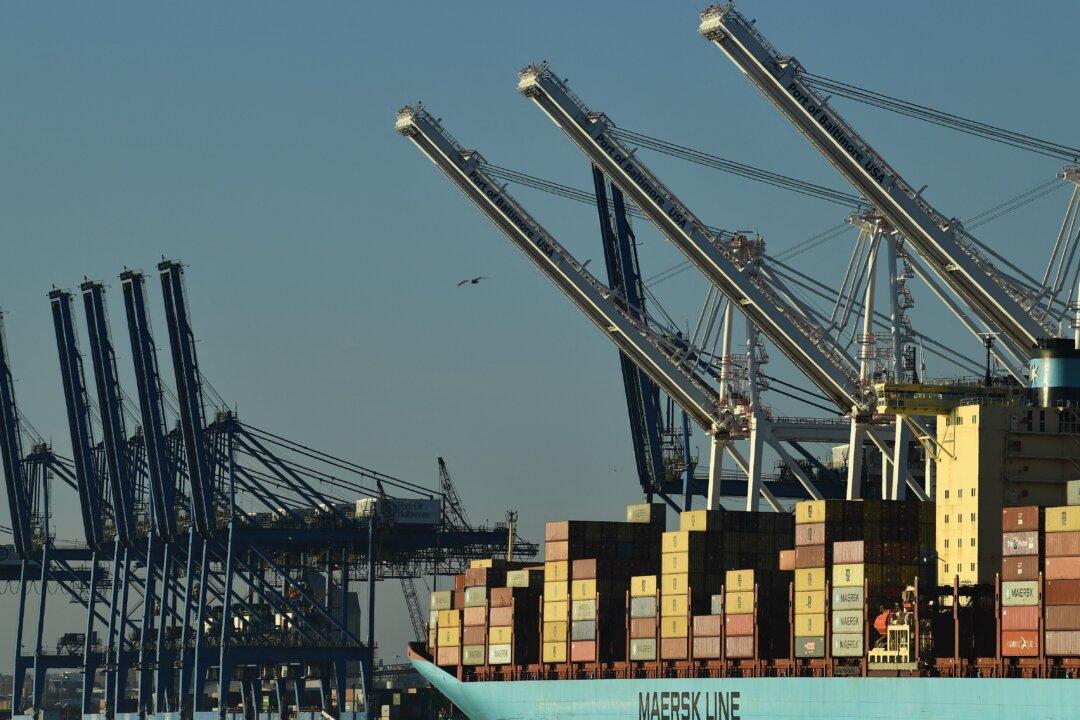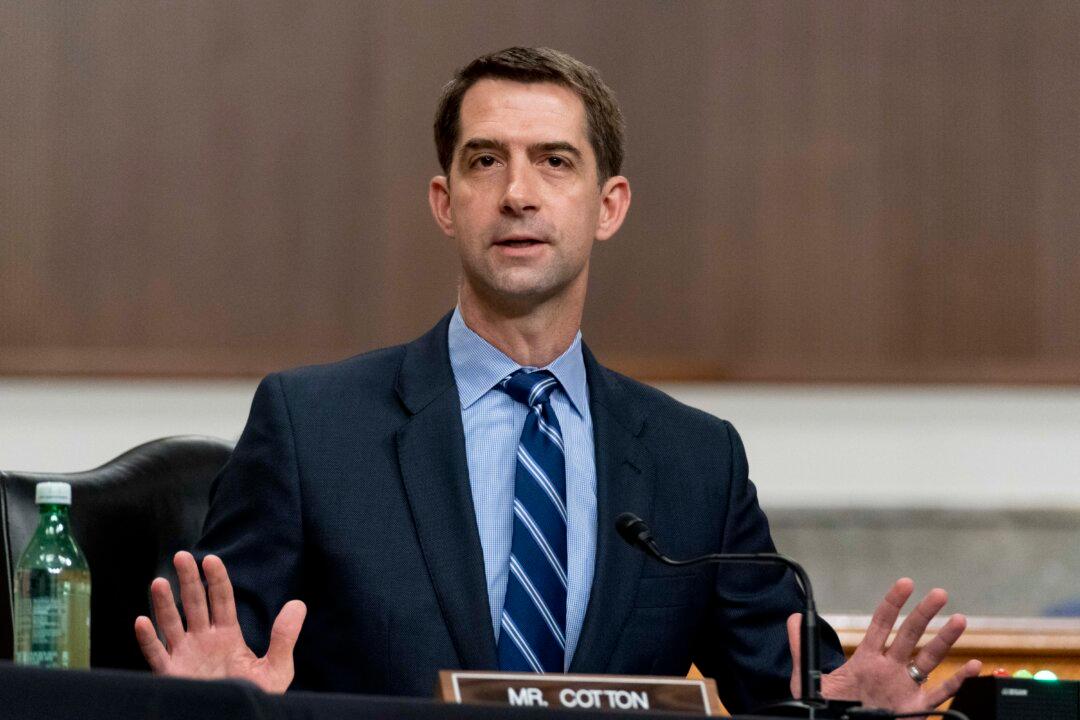Sen. Rick Scott (R-Fla.) and Rep. Carlos Giménez (R-Fla.) have asked the Biden administration for the progress on a report that addresses the national security risk posed by China-manufactured cranes at U.S. ports.
In a letter dated May 31 to Maritime Administration Administrator Rear Adm. Ann C. Phillips, the lawmakers raised concerns about communication equipment found in cranes manufactured by Chinese state-owned company Shanghai Zhenhua Heavy Industries Co. Ltd. (ZPMC) that have been installed at U.S. ports, citing a Wall Street Journal report.




